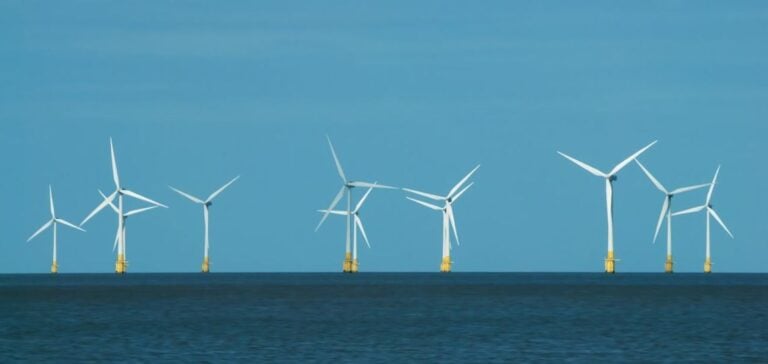The Moray West project, developed by Ocean Winds, has reached a critical milestone with the successful installation of the 60th and final Siemens Gamesa SG 14-222 DD turbine in the Moray Firth, northern Scotland. This turbine, equipped with “Power Boost” technology, boasts a maximum capacity of 14.7 MW, making it the largest commercially operational turbine in Europe.
With a total capacity of 882 MW, the Moray West wind farm is nearing the completion of its construction phase. Commercial operation is scheduled for 2025, adhering to the original timeline. Once operational, Ocean Winds will become the leading offshore wind operator in Scotland, solidifying its role in the country’s energy transition.
Exemplary logistical coordination
The project’s components have been managed by Siemens Gamesa, which manufactured the 180 blades required at its facility in Hull, UK. The turbine installation was carried out from the Port of Nigg, using the heavy-lift vessel “Wind Orca” from Cadeler. Technical teams oversaw each phase, ensuring optimal quality under challenging conditions.
In parallel, the offshore and onshore substations, as well as the export and array cables, have been installed, enabling the start of testing and commissioning phases. The Moray West project stands out for its rigorous execution and resilience against challenges such as weather conditions and supply chain constraints.
Significant economic and social impact
The Moray West project is delivering substantial benefits to the local economy. Over 1,500 Full-Time Equivalent (FTE) job years were created in Scotland during the construction phases, with more than 60 long-term roles based in Buckie. Furthermore, half of the investments and operating costs will directly benefit the UK economy.
Pete Geddes, the project director, praised the teams’ performance: “This project has pushed the boundaries of technological innovation and execution. Delivered on time and on budget, it serves as a benchmark in the offshore wind industry.”
Prospects for the energy transition
Moray West is part of Ocean Winds’ 6 GW portfolio of offshore projects in the UK. The company aims to maintain momentum with other projects in the region, such as Caledonia. According to Adam Morrison, Ocean Winds UK Country Manager, continuity in projects is essential to ensure an effective energy transition in northeastern Scotland.
With over £800 million invested in the local economy and strong support for the UK supply chain, Ocean Winds asserts its key role in advancing sustainable development and the energy transformation in Scotland.






















